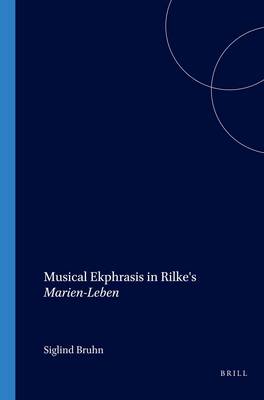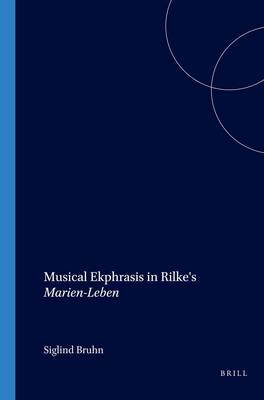
- Afhalen na 1 uur in een winkel met voorraad
- Gratis thuislevering in België vanaf € 30
- Ruim aanbod met 7 miljoen producten
- Afhalen na 1 uur in een winkel met voorraad
- Gratis thuislevering in België vanaf € 30
- Ruim aanbod met 7 miljoen producten
Zoeken
Omschrijving
In 1923, the twenty-seven-year-old Paul Hindemith published a composition for voice and piano, entitled Das Marienleben, based on Rainer Maria Rilke's poetic cycle of 1912. Twenty-five years later, the composer presented a thoroughly revised, partially rewritten version. The outcome of this revision has been highly controversial. Ever since its first publication, musicologists have argued for or against the value of such a decisive rewriting. They do so both by comparing the two compositions on purely musical grounds, and by attempting to assess whether the more strictly organized tonal layout and dynamic structuring of Marienleben II is more or less appropriate for the topic of a poetic cycle on the Life of Mary.
This study is the first to analyze the messages conveyed in the two versions with an emphasis on their implicit aesthetic, philosophical, and spiritual significance. Acknowledging the compositions as examples of musical ekphrasis ("a representation in one artistic medium of a message originally composed in another medium"), the author argues in exhaustive detail that the young Hindemith of 1922-23 and the mature composer of 1941-48 can be seen as setting two somewhat different poetic cycles.
This volume is of interest for musicologists and music lovers, scholars of German literature and lovers of Rilke's poetry, as well as for readers interested in the interartistic relationships of music and literature.
This study is the first to analyze the messages conveyed in the two versions with an emphasis on their implicit aesthetic, philosophical, and spiritual significance. Acknowledging the compositions as examples of musical ekphrasis ("a representation in one artistic medium of a message originally composed in another medium"), the author argues in exhaustive detail that the young Hindemith of 1922-23 and the mature composer of 1941-48 can be seen as setting two somewhat different poetic cycles.
This volume is of interest for musicologists and music lovers, scholars of German literature and lovers of Rilke's poetry, as well as for readers interested in the interartistic relationships of music and literature.
Specificaties
Betrokkenen
- Auteur(s):
- Uitgeverij:
Inhoud
- Aantal bladzijden:
- 236
- Taal:
- Duits
- Reeks:
- Reeksnummer:
- nr. 47
Eigenschappen
- Productcode (EAN):
- 9789042008007
- Verschijningsdatum:
- 1/01/2000
- Uitvoering:
- Paperback
- Formaat:
- Trade paperback (VS)
- Afmetingen:
- 170 mm x 240 mm
- Gewicht:
- 503 g

Alleen bij Standaard Boekhandel
+ 123 punten op je klantenkaart van Standaard Boekhandel
Beoordelingen
We publiceren alleen reviews die voldoen aan de voorwaarden voor reviews. Bekijk onze voorwaarden voor reviews.











